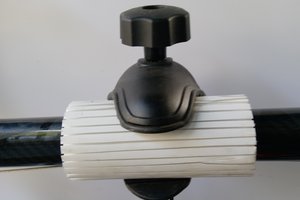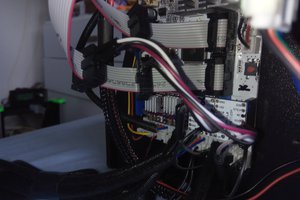Getting started
We brainstormed about health problems, science fiction characters and icons, and puns to make into ailment pieces. Significant effort went into making sure different science fiction realms would be represented. In the end, roughly 40 ailments were proposed.
Although the mechanisms and presentation of the original Operation game are simple, ideas for how to make it even more impressive were bandied about. Some forays were made into making a three-dimensional game board. Thought was put into such ideas as making the alien move, having slime in the buckets the ailment pieces would have to be pulled out of, and using a TENS unit to shock players. As the creation process went on, these ideas were all scrapped, and we found that a stripped-down version, much like the original, worked best for what we wanted.
Back to the idea of a two-dimensional image, we made several sketches of aliens. The final choice was humanoid, with all four human limbs plus two tentacles, three eyes, three nostrils, pointed ears, reptilian facial features, and unusual fingers and toes. We then made a larger version to provide a visual guide for the next stages of planning.
Next we had to decide which ailments to implement. We discussed how each suggestion could be realistically transformed into a playing piece. Many ideas were eliminated quickly as being too difficult. Others options took longer to decide on, particularly given the limited board space. In the end, we narrowed the list to 19 ailments.
Creation of the ailment pieces
Babelfish in the Ear
We used Goldfish crackers to represent the babelfish from The Hitchhiker’s Guide to the Galaxy.
Tremors Tinnitis
We used gummi worms to be the worm-like Graboids from Tremors.
Eye Robot
We used a 3-D printer to make a tiny, adorable silver robot for this play on I, Robot.
HALitosis
We 3-D printed a black backplate for the eye of HAL from 2001: A Space Odyssey, then used a large red LED for the eye itself.
Vulcan Pinched Nerve
We bought toys that contained a small ball that, when struck, produced flashing lights. We then drew an outline of a nerve cell and used clear silicone caulk to fill it in. We cut a hole in the silicone where the nucleus would go, inserted a light-up ball, then used silicone to cover the rest of the ball and glue it firmly in place to the rest of the piece.
Picardiac Arrest
A PEZ dispenser featuring Captain Jean-Luc Picard of Star Trek:The Next Generation was purchased, and the head removed. This was used as a stand-alone playing piece.
Jeffries Tuberculosis
This was modeled after a Jeffries tube from Star Trek. Pieces of metal grating were connected into an octagon and secured in a plastic tube. EL tape connected to a battery pack was used to line two edges of the tube, to resemble floor light strips. We sewed a red shirt with a Star Trek emblem on the breast and put it on a tiny plastic skeleton. Clear silicone was added to the skeleton to give it stability and some extra creepiness. This was not implemented in time for the presentation of the game.
Chestburster
This was to be a surprise element to the game. It would be hidden under a flap, and the game master would be able to push a button and have a creepy alien burst out of the chest of the alien patient. Although this feature wasn’t implemented due to time constraints, the piece itself was built. A CueCat was used as the armature for the body, plus pipe cleaners for the jaw and body, and a joke spring snake was used as the launching mechanism. Clear silicone was used to coat the piece and to sculpt teeth and fingers. Hot glue was initially used...
Read more » Quinn Silverleaf
Quinn Silverleaf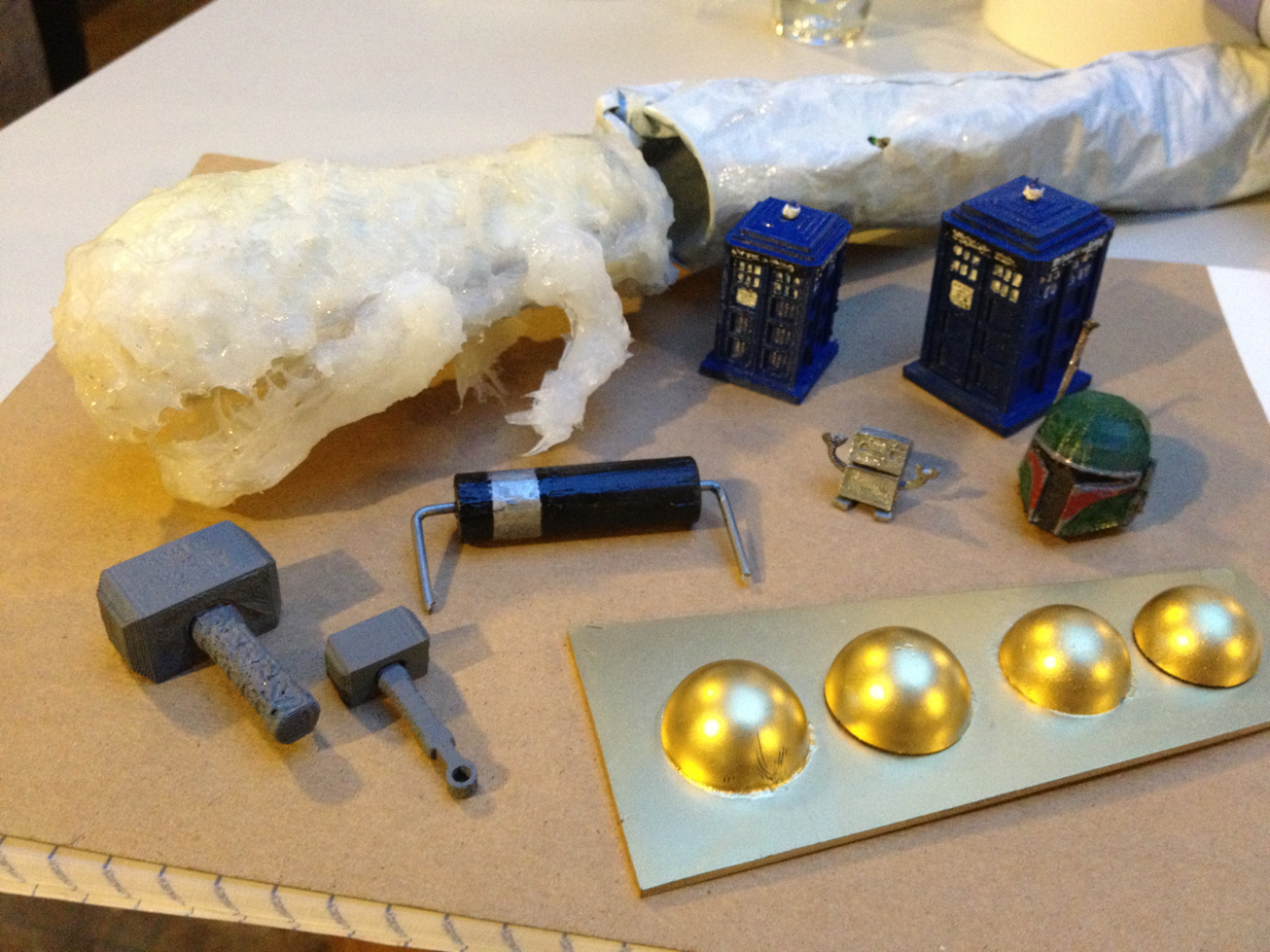
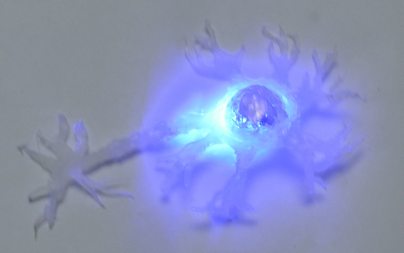
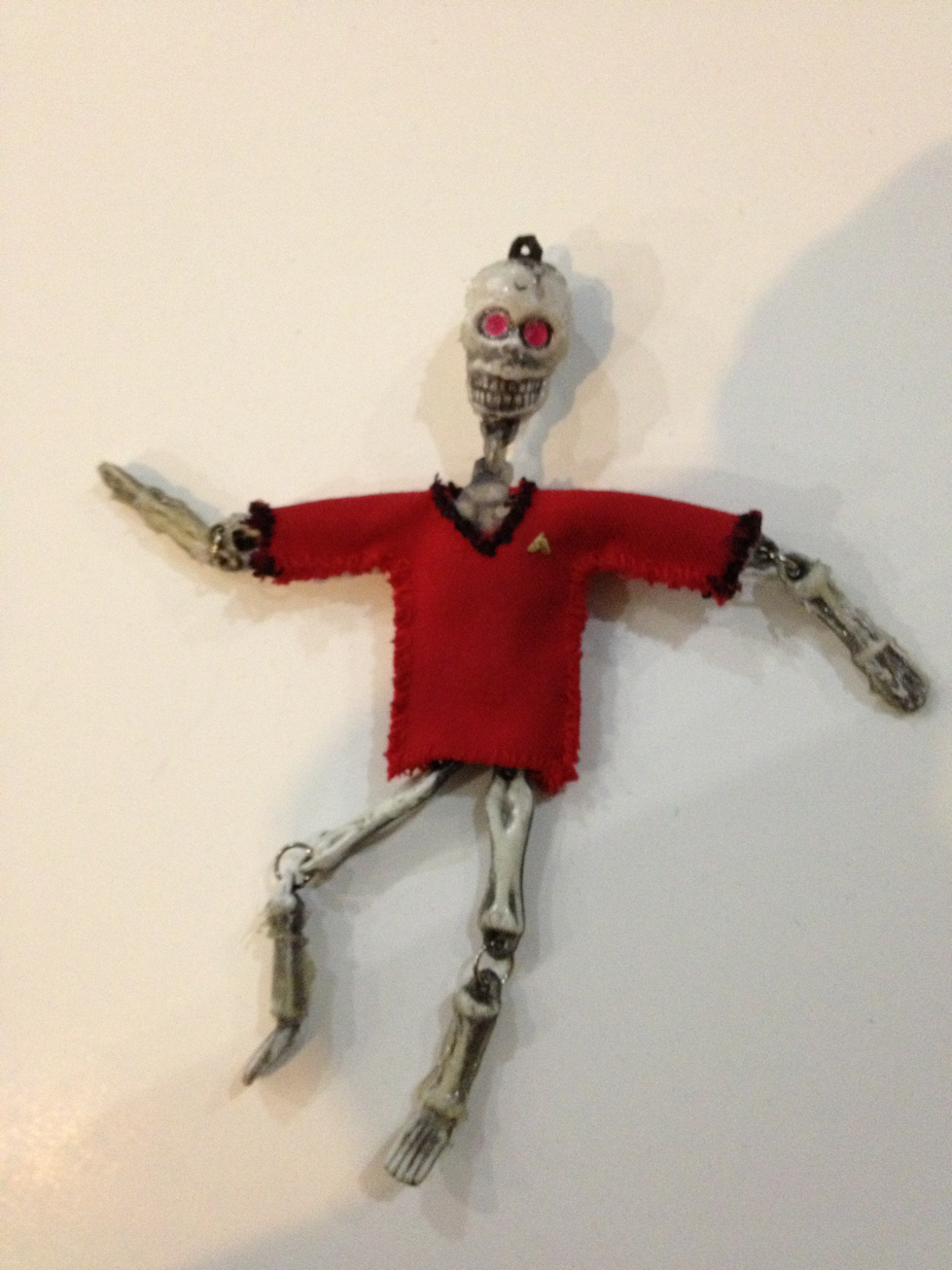
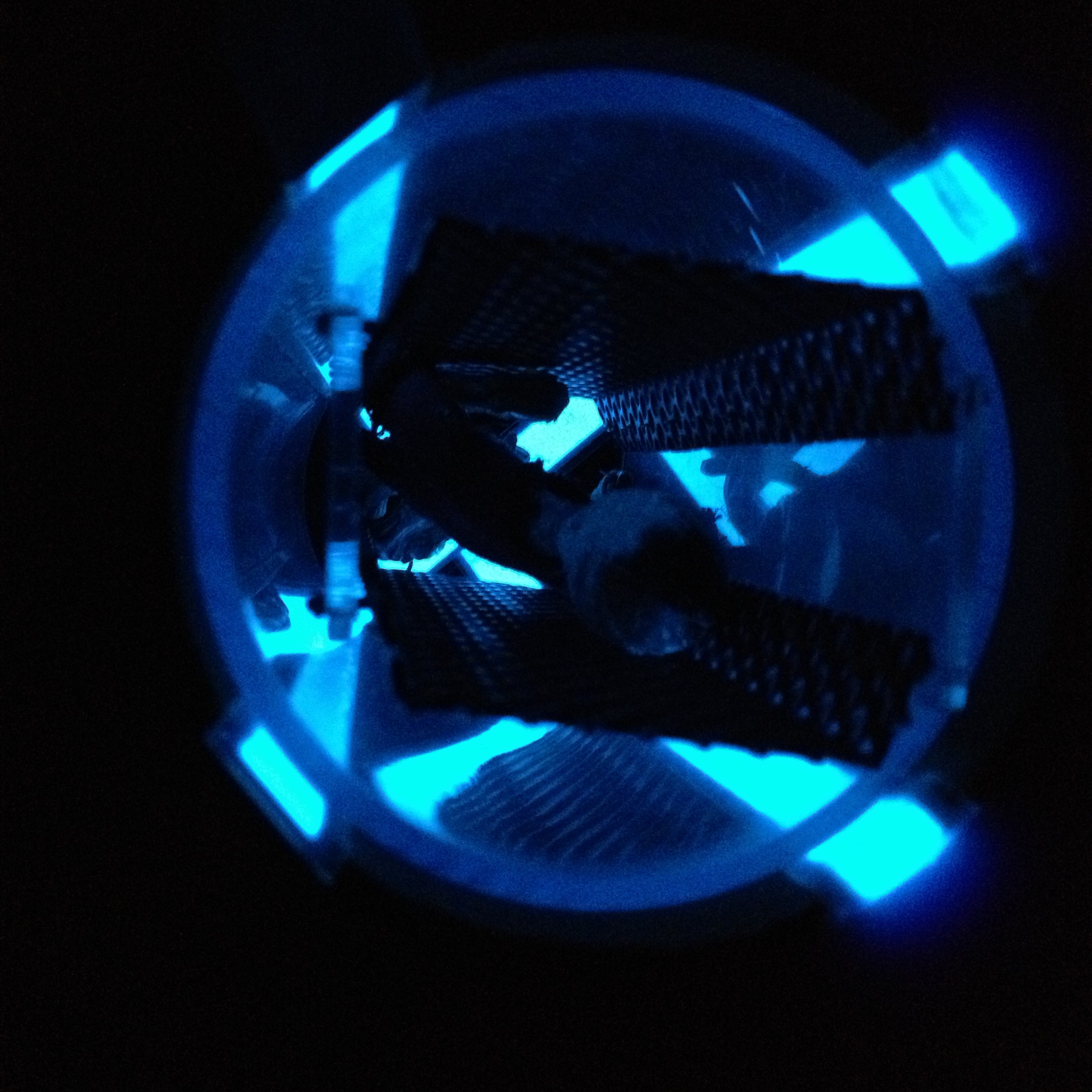

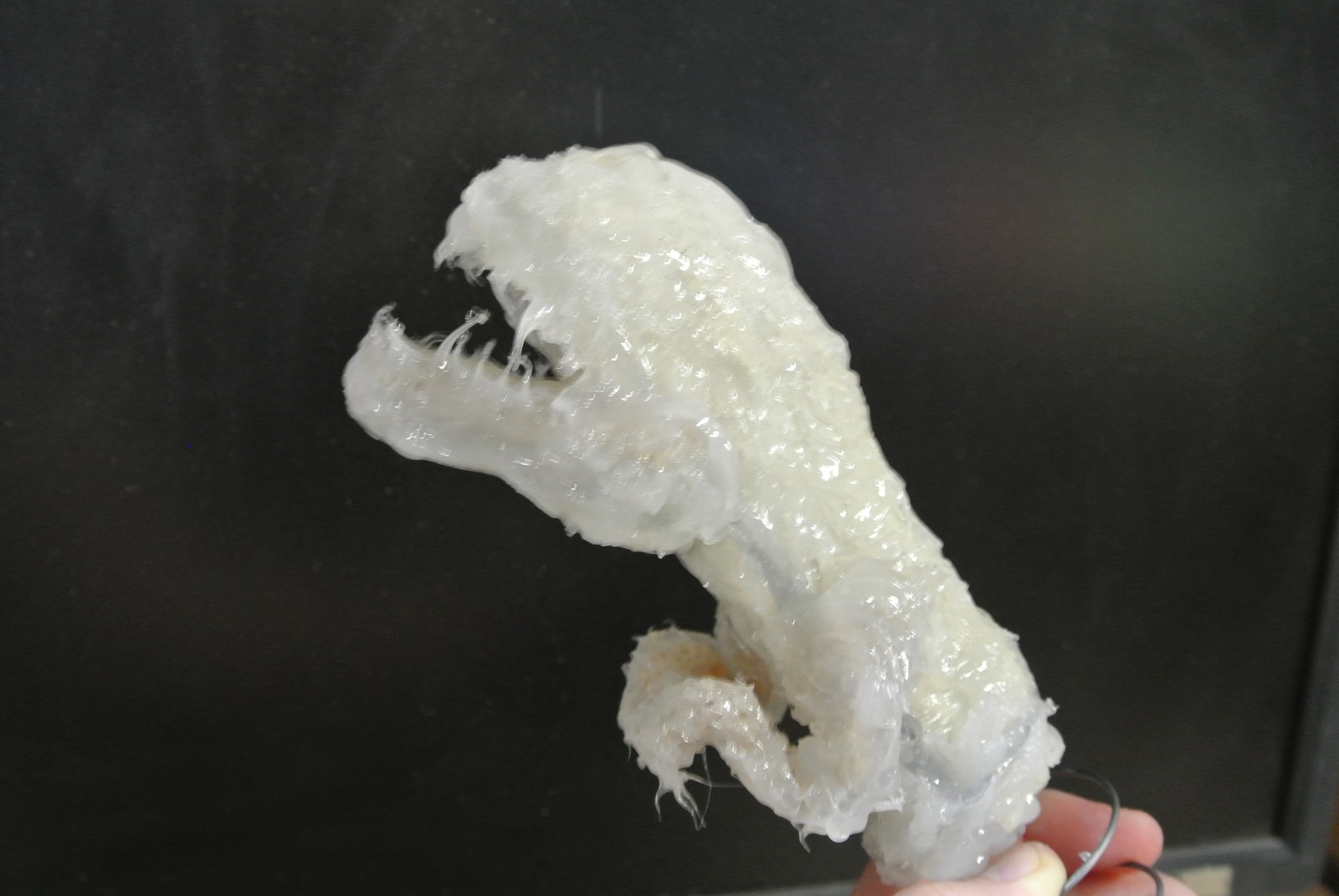


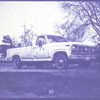
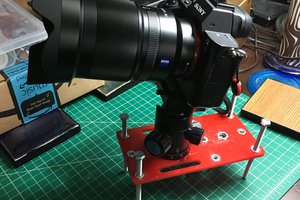
 Wing Tang Wong
Wing Tang Wong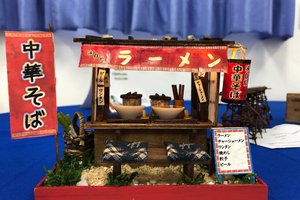
 Natalia
Natalia